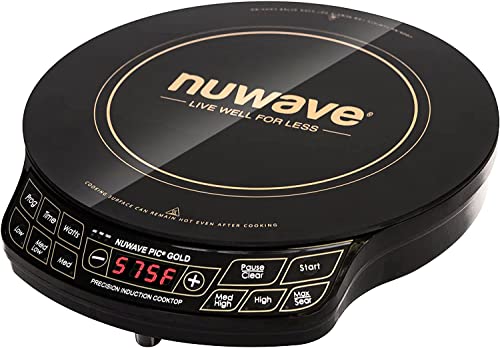Technically, even AGM batteries should be vented, but are obviously a better choice for living compartment duties.
I am not sure you need 4 GC( golf cart 6v) batteries with what you list. It really depends on how long you expect to go between charging.
I recommend using all available charging sources, and the alternator can be very effective bringing batteries upto the 80% level when the batteries themselves start limiting the current they can accept.
The RV converter you get should match the battery manufacturer recommended absorption voltage, or at least come close. unfortunately none of the offerings allow one to set the absorption voltage or duration. The Big 3 rv converters, progressive dynamics, powermax and Iota all use different charge voltages.
If you buy a Powermax converter through best converter, they are having special converters made for them which have an adjustable voltage potentiometer one can dial in, but these require a little more of a hands on appraoch, but if the hands are on, they can more quickly and more fully recharge the batteries.
I've recently gone a little more manual in my AC charging sources, and am using a 500 watt switching power supply that has adjustable voltage from 13.12 to 19.23 volts. It is basically a 40 amp manual charger, and can indeed overcharge the batteries if set to 14.8 volts and left on my battery for over 2.5 hours, but it gives me the control I want.
I find the charge algorithms of automatic converters/chargers to be insulting with their one size fits all mentality. I call them automatic underchargers.
These automatic underchargers, especially when one is using a generator, waste gas when they cut the absorption time off at the knees. When one can hold absorption voltage for longer, about 2 hours, the battery will be in the 95 to 98% charged range.
automatic underchargers will not hold ABSV for very long, or even drop to a lower voltage once the absorption voltage is reached and from that point the battery is charging very slowly, while you listen and smell your generator buzz away while it accomplishes very little.
Most depleted AGM batteries can really take as much amperage as you can feed them, so a high amp charging source that maxes out the generator, and which holds absorption voltage for a while, at least an hour, preferably 2, will get your batteries up near full in as short a time as possible, and the goal for maximum battery longevity and performance during that longevity, is getting them as full as possible as often as possible.
Within reason of course.
Here is a thread on my 40 amp manual charger:
https://vanlivingforum.com/showthread.php?tid=10873
Meanwell makes more powerful power supplies than this, if you go for 2 6v AGM batteries you can certainly go higher than a 500 watt power supply, as with the generator i think minimal run time is more important than babying a battery with a slow charge rate.
That is is you care to adjust and monitor battery charging voltages, otherwise I'd say get a powermax boondocker from Best Converter that has adjustable voltage and is automatic still, just incase you decide to run the genny for 12 hours, or plug into the grid.









































































